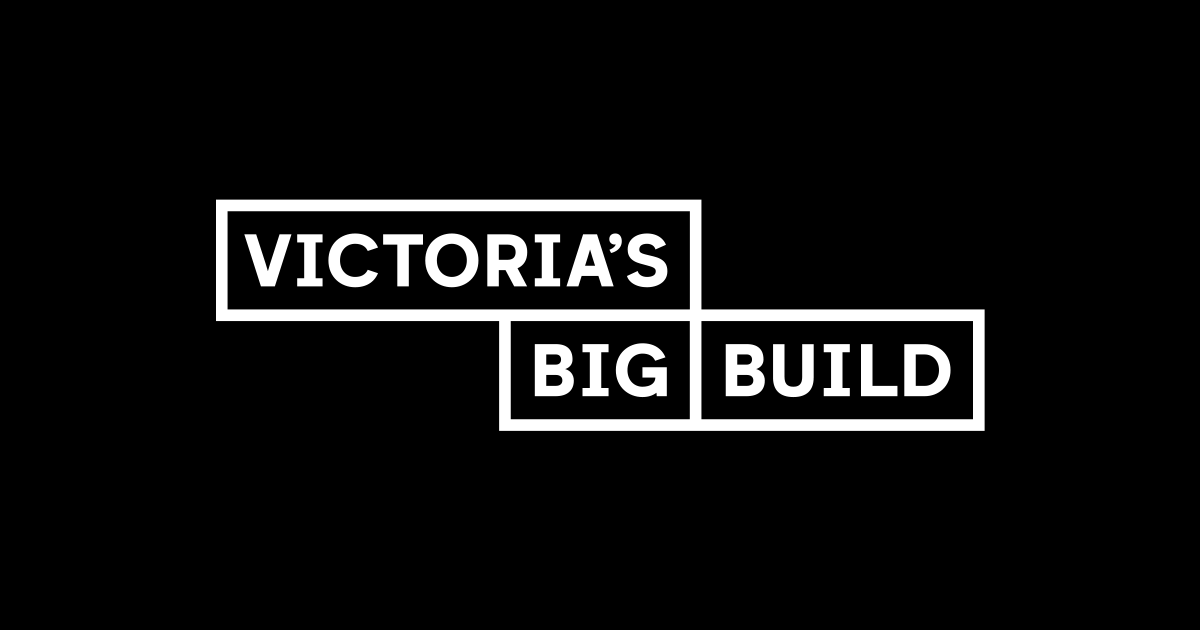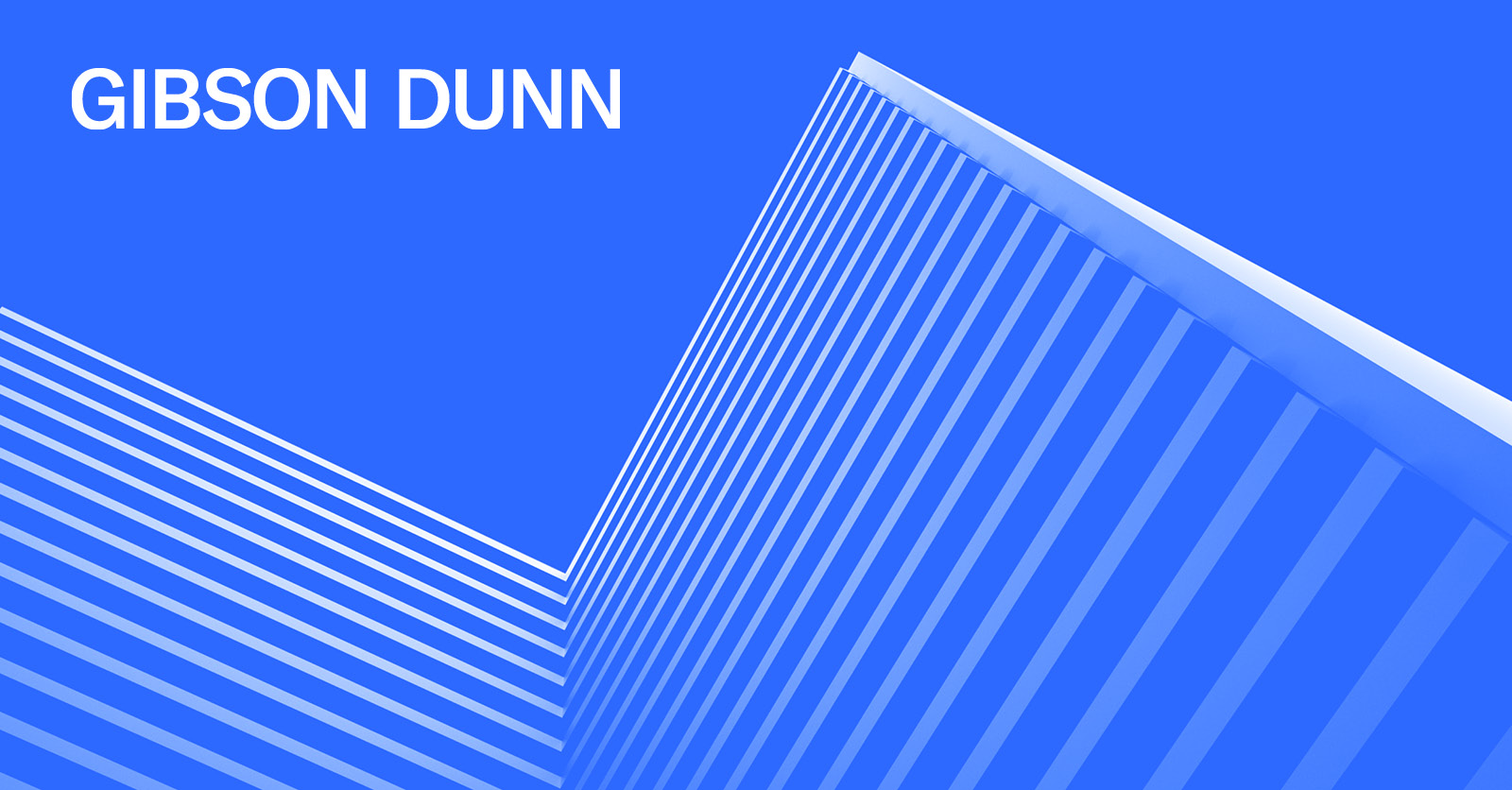Victoria’s first fleet of high-tech, automated trains will be built right here in Melbourne, with global consortium TransitLinX awarded the contract for the $6.7 billion Linewide package of Suburban Rail Loop (SRL) East works.
The contract includes the design, manufacture, install and testing of all the systems required to run the new network – including signalling, platform screen doors, passenger information displays, communications systems, CCTV and security systems, and tunnel ventilation.
There is also a separate 15-year agreement to operate and maintain the network, and construction of the train stabling and operational control centre in Heatherton.
TransitLinX – which will be known as the Linewide Alliance during construction – is a consortium of industry leaders John Holland, RATP Dev, Alstom, KBR and WSP – which have extensive local and international experience on major transport projects including Paris Metro, Melbourne’s Metro Tunnel, X’Trapolis 2.0 trains, Sydney Metro Northwest and Western Sydney Airport.
New images show the SRL East trains will be state-of-the-art, accessible, safe and comfortable, with platform screen doors and modern passenger information systems. The carriages will have seating along the walls to create more space for passengers in peak periods, with dedicated spaces for wheelchairs and passengers with special needs, as well as flexible use spaces for prams, assistance animals and other uses.
The 13 four-carriage trains will be built in Dandenong at Alstom’s manufacturing site – the first time automated trains will be built in Australia. The factory has built trains and trams for 70 years and will be upgraded for the SRL works – opening up potential opportunities to eventually supply automated trains for interstate and international networks as well.
The Linewide contract will create more than 500 local jobs a year during construction, and hundreds more when SRL East opens, while more than 300 small-to-medium sized businesses will be used throughout the supply chain to support the huge package of works. At least 15% of all project hours will be worked by apprentices, trainees or cadets – creating more than 80 full time jobs for the next generation of highly skilled workers.
All SRL East rail infrastructure, stations and buildings will be powered by 100% renewable energy, while energy regenerated during train braking will be used to power other trains on the network.
The 2 tunnelling contracts for SRL East have already been awarded, with major construction now underway, and tunnelling to start next year. More than 3000 people are already working on the project, with trains taking passengers in 2035.






